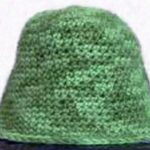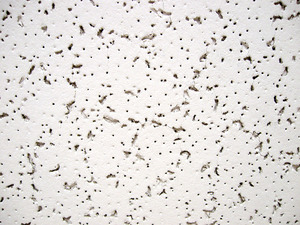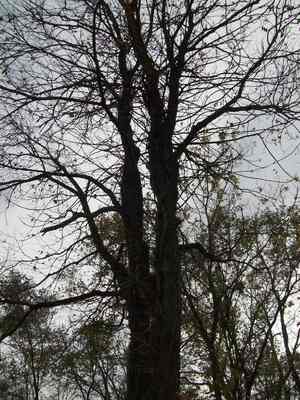Tunisian afghan stitch is one of the most underused stitches in thread craft. It is also one of the best. There are several reasons why crochet fans should add this stitch to their repertoire.
Double Sided Fabric
With most crochet stitches, only one side is pretty enough to be the ‘facing’ side of the finished project. With Tunisian afghan stitch crafts, you may have trouble deciding which side to show off!
The top of the fabric produced is relatively flat. The reverse looks a lot like the purled side of knitted projects. Both looks are desirable, depending on the project and the crafter’s tastes.
Super Thick Results
This stitch makes a very sturdy fabric. To get the same thickness with a crochet hook, it would take a double thickness of yarn. Tunisian’s compact stitches don’t allow very much light through when you hold a sample up to a light source.
Deceptively Intricate-Looking Details
Distinctive vertical stitches contrast nicely with the horizontal yarn that passes through them. This gives your finished craft an intricate basket weave or threaded ribbon style look. This happens automatically when the basic stitch is done, so there is no weaving necessary.
Versatile stitch
Yarn worked in the Tunisian afghan stitch can be used in a wide variety of crafts. It is suitable for clothing, blankets, purses, rugs, slippers, and more. Depending on what type of yarn is used, clothing made using this technique can be worn in barely cool to quite cold weather.
Inexpensive Tools
Only one special tool is needed to make this neat stitch — an afghan hook. The average cost for afghan hooks is under $3 each. They can be purchased online or in any yarn store or craft shop. Major retail outlets like Wal-Mart also carry them.
There are two basic styles to choose from. One type has a hook on 1 end and a large rubber stopper on the other. A more exotic looking version with a hook at each end is also available. This hook is not really an afghan hook. It is known as a cro-hook, short for “crochet on the double”, but it has been adopted by afghan stitch enthusiasts because of its length. I recommend using the traditional one-headed version to start learning with.
Easy to Learn
This article was aimed at those with some crochet experience. However, this craft is also a good one for those with no prior crochet experience. It requires learning fewer steps to be able to complete a project. For a link to a step by step tutorial with illustrations and video, look in the Resources box at the end of this article.
Do you already have the basic skills?
If you already know how to crochet, you know the basics for Tunisian afghan stitching. The movements used are familiar ones.
You need to know how to chain to make a foundation row. The ‘cast on’ movement is the same as the first half of the single crochet stitch. Casting off uses a simple ‘yarn over’ followed by pulling the yarn through the loop on the hook.
For more details, check out that link mentioned earlier, and have fun with your new skill!
Reference:
- Detailed Tutorial from Annie’s Attic With Video, Text, and Pics www.anniesattic.com/crochet/content.html?content_id=72







